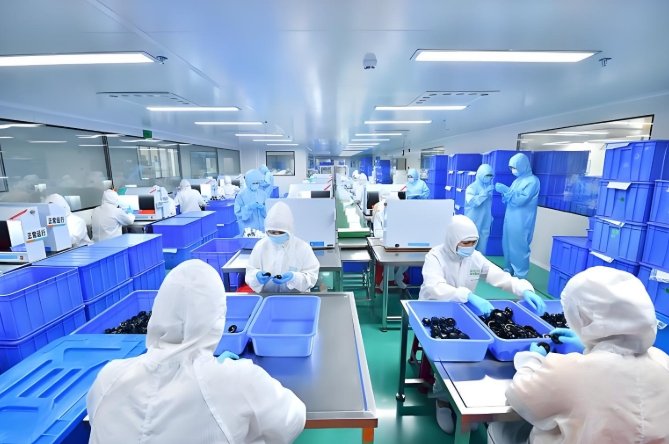
Failures in medical injection molding can lead to serious consequences. Defective medical devices put patients at risk. Mold makers play a key role in ensuring precision and quality. Learning from past mistakes helps manufacturers avoid costly errors.
1. Common Causes of Medical Injection Molding Failures
1.1 Poor Mold Design
- Inaccurate mold dimensions cause defects.
- Weak mold structures lead to breakage.
- Improper venting creates air pockets.
1.2 Material Defects
- Contaminated resins weaken products.
- Inconsistent material batches affect quality.
- Improper drying leads to brittleness.
1.3 Inconsistent Process Control
- Fluctuations in temperature cause defects.
- Uneven pressure distribution affects mold filling.
- Poor cooling control causes warping.
1.4 Lack of Regulatory Compliance
- Failure to meet FDA and ISO 13485 standards.
- Poor documentation results in recalls.
- Non-compliance leads to legal issues.
2. Case Studies of Injection Molding Failures
2.1 Case Study: Cracking in Implantable Devices
- A manufacturer used low-quality plastic.
- Patients experienced implant fractures.
- Solution: Switched to medical-grade PEEK.
2.2 Case Study: Defective Syringe Production
- Poor mold maintenance caused burrs.
- Syringes leaked, risking patient safety.
- Solution: Regular mold inspections and maintenance.
2.3 Case Study: Mislabeling of Medical Components
- A supplier used incorrect lot numbers.
- Devices were recalled due to tracking issues.
- Solution: Implemented automated labeling for accuracy.
3. Lessons Learned from Medical Injection Molding Failures
3.1 Prioritize High-Quality Mold Making
- Work with experienced mold makers.
- Use precision CNC machining for accuracy.
- Test molds before full production.
3.2 Ensure Strict Material Control
- Source FDA-approved medical plastics.
- Perform material consistency testing.
- Store resins properly to avoid contamination.
3.3 Implement Real-Time Process Monitoring
- Use AI-powered defect detection.
- Track molding conditions with IoT sensors.
- Automate quality control for consistency.
3.4 Maintain Compliance and Documentation
- Follow strict ISO 13485 and FDA guidelines.
- Keep detailed batch tracking records.
- Conduct regular regulatory audits.
4. The Role of Mold Makers in Preventing Failures
4.1 Designing Durable, Precise Molds
- Ensure tight tolerances for medical parts.
- Use high-strength materials for longer mold life.
4.2 Preventative Mold Maintenance
- Schedule routine mold cleaning.
- Replace worn-out mold components early.
4.3 Collaboration with Medical Manufacturers
- Mold makers must understand medical product requirements.
- Work closely with engineers for optimized mold designs.
5. Future Technologies to Reduce Failures
5.1 AI for Quality Assurance
- AI detects micro-defects during production.
- Predictive analytics prevent failures before they happen.
5.2 Smart Molding Machines
- Self-adjusting machines improve process stability.
- Real-time feedback ensures consistent quality.
5.3 Blockchain for Traceability
- Tracks materials from supplier to final product.
- Prevents counterfeits and improves regulatory compliance.
Failures in medical injection molding can be costly and dangerous. Mold makers must ensure high-quality molds, precise materials, and strict process control. Learning from past mistakes helps the industry improve. Advanced technologies like AI, automation, and blockchain will further enhance medical manufacturing.
